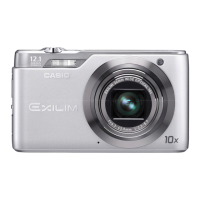
Do you have a question about the Casio Exilim EX-H5 and is the answer not in the manual?
| Megapixel | 12.1 MP |
|---|---|
| Camera type | Compact camera |
| Sensor type | CCD |
| Image sensor size | 1/2.3 \ |
| Supported aspect ratios | 16:9 |
| Maximum image resolution | 4000 x 3000 pixels |
| Still image resolution(s) | 640 x 480, 2048 x 1536, 2560 x 1920, 3264 x 2448, 4000 x 2240 |
| Digital zoom | 4 x |
| Optical zoom | 10 x |
| Focal length range | 4.3 - 43 mm |
| Lens structure (elements/groups) | 11/10 |
| Digital SLR | No |
| Built-in flash | Yes |
| Camera shutter speed | 1/2 - 1/2000 s |
| Focal length (35mm film equivalent) | 24 - 240 mm |
| Flash modes | auto, Flash off, Red-eye reduction |
| Flash range (tele) | 0.5 - 2.4 m |
| Flash range (wide) | 0.2 - 4.2 m |
| Internal memory | 24.5 MB |
| Compatible memory cards | eye-fi, sd, sdhc |
| Video formats supported | AVI |
| Maximum video resolution | 1280 x 720 pixels |
| Display diagonal | 2.7 \ |
| Display resolution (numeric) | 230400 pixels |
| USB version | 2.0 |
| Product color | Red |
| White balance | auto, daylight, Fluorescent, manual, Shade, Tungsten |
| Camera playback | Movie |
| Battery life (CIPA standard) | 240 shots |
| Auto focusing (AF) modes | multi point auto focus, spot auto focus |
| Camera shutter type | electronic, mechanical |
| Light metering | Spot |
| Depth | 29.1 mm |
|---|---|
| Width | 103.5 mm |
| Height | 59.4 mm |
| Weight | 157 g |
Lists all items included in the camera package for verification upon purchase.
Explains characteristics of the LCD panel and potential pixel behavior without indicating malfunction.
Identifies and describes the main buttons, ports, and external features of the camera.
Details the icons, indicators, and values displayed on the monitor during snapshot recording.
Explains the fundamental concept of a digital camera and image storage on memory cards.
Provides step-by-step instructions for charging the camera's battery using the charger unit.
Lists the types of memory cards compatible with the camera, such as SD and SDHC.
Details the procedures for powering the camera on in REC or PLAY mode.
Guides users on how to hold the camera steady for clear shots, especially in low light.
Explains the fundamental steps to take a photograph with the camera.
Describes how to view still images that have been recorded on the camera.
Provides instructions for removing individual image or movie files from the camera's memory.
Offers important advice for shooting snapshots, including handling the camera and lighting.
Explains how to use the Control Panel to adjust various camera settings efficiently.
Offers advice on choosing appropriate image sizes based on intended use, like printing or email.
Details the different flash modes available and how to select them for various shooting conditions.
Explains the various focus modes (Auto, Macro, Manual) and their respective focus ranges.
Describes how to lock focus on a subject not centered in the frame for precise composition.
Explains how to choose the area for autofocus detection (Intelligent, Spot, Multi, Tracking).
Details the camera's continuous shooting modes and how to select and use them.
Explains how to use the self-timer for delayed shots and its available options.
Describes how the camera automatically detects and focuses on human faces for better portraits.
Explains how to use the Make-up Mode to smooth skin texture and soften facial shadows in portraits.
Details how to use the Landscape Mode to enhance the colors and clarity of scenic images.
Explains how to use the zoom controller for optical and digital zoom capabilities.
Provides the procedure for recording video footage with audio using the camera.
Guides users on selecting and using pre-set scene modes for optimal shooting conditions.
Explains how to navigate and use the camera's on-screen menu system for various settings.
Details how to select the desired image quality (Fine, Normal, Economy) for snapshots.
Explains how to adjust white balance to match different lighting conditions for accurate color reproduction.
Describes how to play back recorded movie files on the camera's screen.
Introduces the PLAY Panel interface and its various functions for managing recorded content.
Outlines the process for preparing a subject image for use in Dynamic Photo creation.
Explains how to insert extracted subjects into existing images or movies to create Dynamic Photos.
Details the procedure for converting a Dynamic Photo sequence into a movie file.
Provides an overview of different methods for printing captured still images.
Guides users on connecting the camera to a PictBridge compatible printer for direct printing.
Explains how to configure print order settings for multiple images using DPOF.
Lists the various operations possible when connecting the camera to a computer.
Details software requirements and procedures for connecting the camera to Windows PCs.
Details the steps required to establish a connection and transfer image files to a computer.
Specifies the necessary system requirements for playing movie files on a computer.
Provides instructions for installing the software needed to upload movies to YouTube.
Guides users on installing the Photo Transport software for transferring images.
Explains the process for registering the product online via the internet.
Details procedures for connecting to Macintosh computers and saving image files.
Explains how to activate power saving features to extend battery life and increase shooting time.
Details settings for startup sounds, shutter sounds, and operation volume levels.
Explains how to set and view world time in different time zones globally.
Describes how to restore the camera to its original factory settings, erasing custom configurations.
Lists important safety warnings and precautions to follow while operating the camera.
Provides solutions for common problems related to the camera not powering on or shutting down unexpectedly.
Details the specifications of the camera's rechargeable battery, including voltage and capacity.
Provides an introduction to Dynamic Photo, explaining its benefits and features for digital imaging.
Explains the core technology behind Dynamic Photo, enabling subject extraction and image insertion.
Guides users on how to shoot a background image for Dynamic Photo creation.
Details the process of creating a Dynamic Photo image using extracted subjects.
Explains how to shoot the subject and background images for Dynamic Photo extraction.
Outlines the steps to combine extracted subjects with background images to form a Dynamic Photo.
Explains how to use the created Dynamic Photo images in various fun ways.
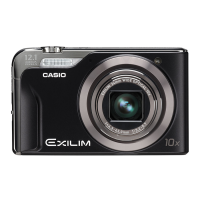
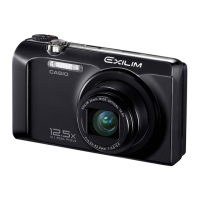
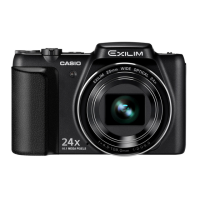
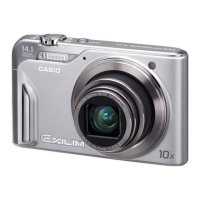

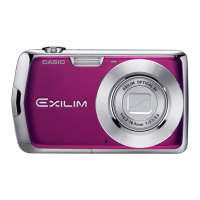
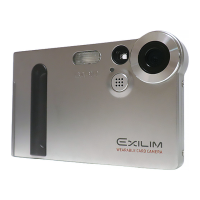
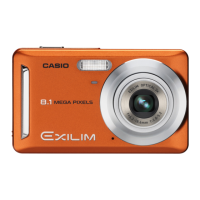
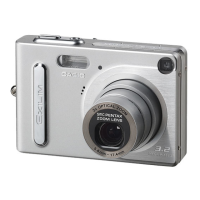
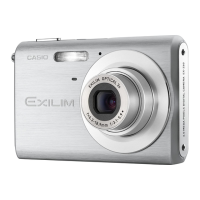
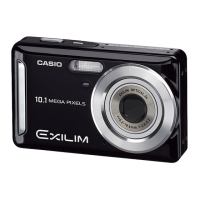
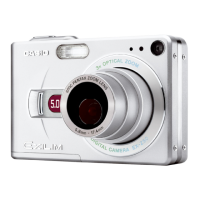
